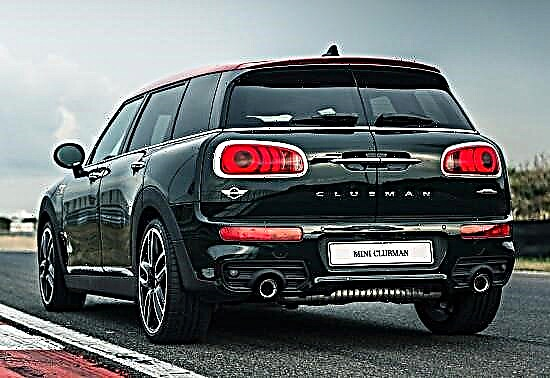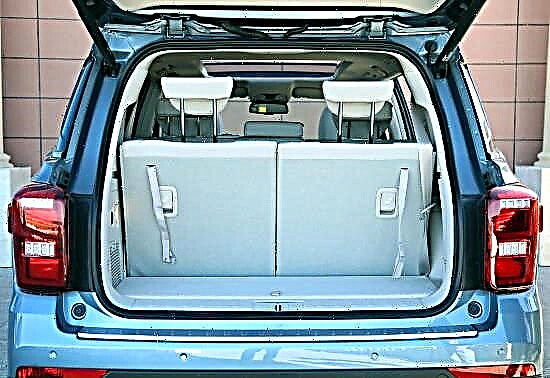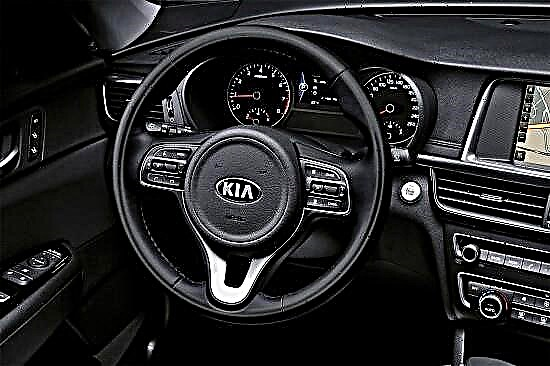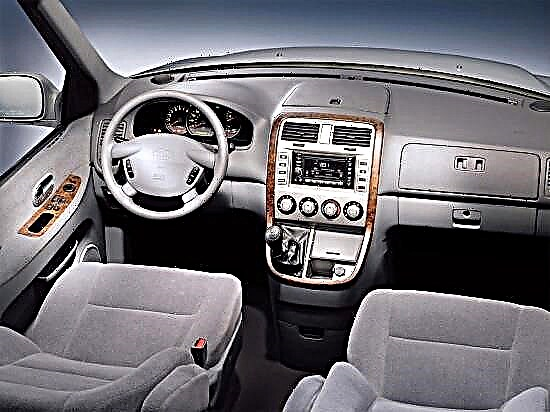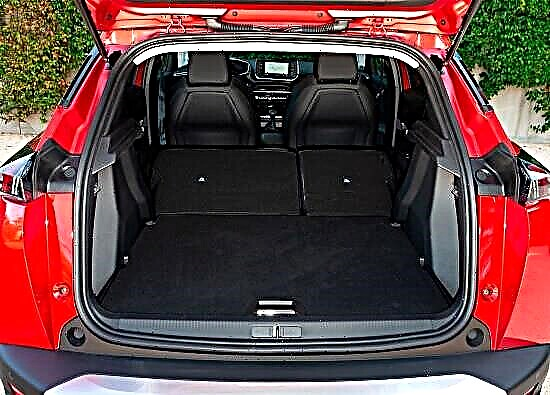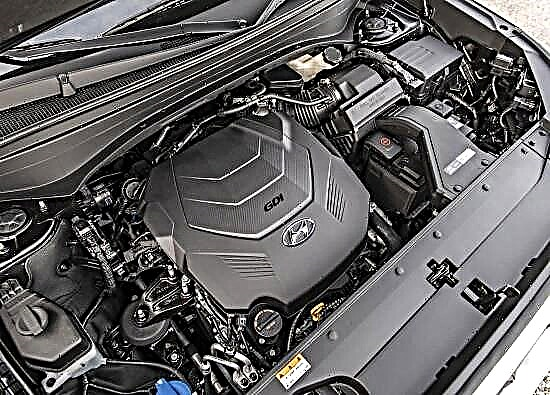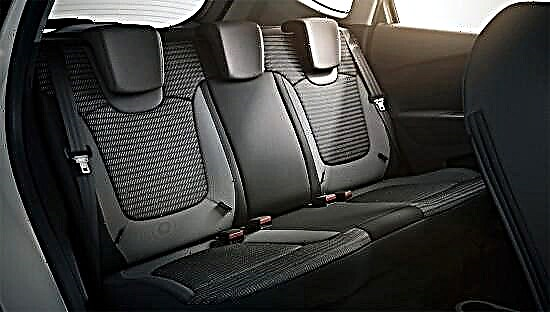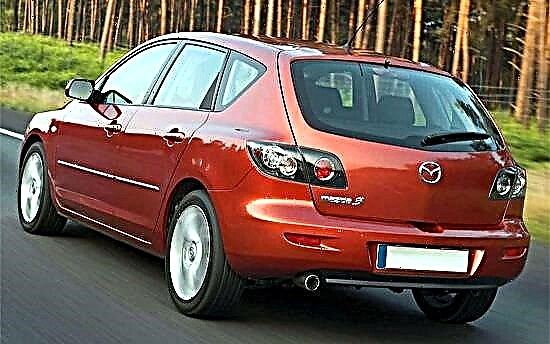It was generally accepted that the Civic was truly similar to the sports car in the golf class from 2003-07. But the moment came when another burning Japanese beauty came to the podium, who was given a completely Russian nickname - "MaTryoshka". Mazda 3 - became the queen in its category.
From now on, the "Mazda Golf Class" is no longer a "retirement stroller" with the name Protege / 323. Now it's just "Three" - sharp, clean, topical. Sharp as a shot name, fit and sporty look. Young people are delighted. The feeling of moving on the "C" is simply amazing.
And even despite the fact that after the change of generations, the "second three" are being bought up at full speed, which, it would seem, taking into account all the requirements of consumers, the first model is still considered extremely successful, and its purchase is an acceptable investment of money. Is it really so? Millions, as they say, cannot be wrong, and after all, more than one million "nesting dolls" were bought in Russia. Let's consider the car in more detail.

The design of the first generation Mazda 3 and after almost a dozen years looks fresher and more interesting than some new cars. The dynamics and modernity can be seen even in spite of the years passed. The sedan and the hatchback both look great.
"Mazda Troika" is recognized by many as one of the most reliable cars. The electrician does not cause problems. Unless the combined "climate" with a radio tape recorder does not allow replacing the head unit, but this is not a personal problem for Mazda. As well as "slander" that even a minor accident leads to a serious waste of money, they say, expensive headlights, grille and so on. In short, the complaints are very, very conditional.
Despite the supposedly compact appearance, the car is rather big. The length of the "three" is 4420 (4490 mm), width - 1755 mm, height - 1465 mm. I would like to note the relatively small clearance. In the summer, it's still okay, you can leave without any problems, but in the winter it is a real misfortune. A low car turns into a vehicle with very dubious cross-country performance.

What awaits us inside this car? At first glance, it is rather difficult to give an unambiguous answer. The dashboard seems quite complicated. But after 10 minutes of "communication" it becomes clear that this is exactly what the car of the first series of "triplets" needed. We get comfortable seats that take into account the ergonomic features of the human spine, and good equipment. The Japanese do not bring "drums" to the market, although more or less modestly equipped "troikas" are occasionally found.
Of the obvious shortcomings, it is worth noting the low quality of sound insulation. This ailment was only dealt with in the next generation of machines. Other shortcomings include the poor quality of the interior finishing materials of the first "nesting dolls", but the external high cost and original design and the spirit of sportiness nullify any attempts at criticism.
Hearing from friends about the sporty nature of the first Mazda3, be sure - they are not lying. Tenacious brakes, precise and predictable suspension performance, sharp handling, efficient motors guarantee the temptation to "drive" every now and then. This is despite the fact that there were no "pumped-up" "triplets" in the first years of release, and no one was particularly eager to modify them. What for? But everything was already for a real drive. This is a debugged chassis, and other systems ... but now the MPS version appears. "Matryoshka" with a 2.3 liter turbo engine. Let not a supercar, but one of the "hottest" hatchbacks - for sure ... which is as much as 110 "horses" more powerful than a 2-liter colleague. And the weight is the same. Have you already imagined a kick-down? Goodbye tires.

If we talk about the technical characteristics of the Mazda3. The "troikas" with the following power units were presented for sale ...
- The first was a car with a 1.6 liter engine and a power of 105 hp. Only this engine received an automatic transmission, and practically until the end of the release of the first series.
- The second was a 2.0 liter engine. with a capacity of 150 hp Is the most popular option.
- America got a complete set with a 1.4 engine (it is generally not clear for whom they were produced) and an aspirated 2.3 liter.
None of the above engines, in the opinion of motorists, is distinguished by super-reliability. The reason is not a design defect or a flaw, which is fine in Japan. The problem is in the approach to service. Official centers equate all cars one size fits all and recommend an oil change no later than 20,000 km. Cars whose lot is sporty (regardless of appearance) require more regular service. You need to change the oil every 9,000 km. Any real specialist will tell you about it. Otherwise, the Japanese engine gives off a trick, the result of which may be the replacement of the CPG or, in general, the whole block. Watch the mileage, and even more so the oil level.
The resource of the "chassis" parts matches the "indestructible Volkswagen", steering and brakes also do not cause trouble for car owners. This significantly removes the "C" from the tender and unreliable 323 predecessor.
Everyone remembers the 323, although the sales of this model, to put it mildly, were weak. Customers did not like its blandness, and rumors about its unreliability completely nullified the chances of this model for popularity. And here's the fun part. The Japanese, having shown a considerable amount of effort, make a completely different, exquisite dish from the same ingredients. Yes, it is not for you to turn the Soviet "five" into a "seven". "Matryoshka" has become the subject of much discussion and one of the best-selling cars in the C-class.
Problems when buying a second-hand "three-ruble note" of the first generation correspond to those of other cars with a high-spirited character. Due to their enthusiasm, such cars often get into accidents, as serious ones, and not so much. Pay particular attention to the clearances between elements such as headlights and bumpers, doors and bodies, hood and fenders. A broken car is like a vase - there will never be a new one, often accidents a year ago lead to serious wear and tear on many elements of the chassis, and so on. Be extremely careful.
Choosing a Mazda3 car, you will ensure yourself long-term operation of a compact and incredibly playful car, the reliability of which is an example for many.

